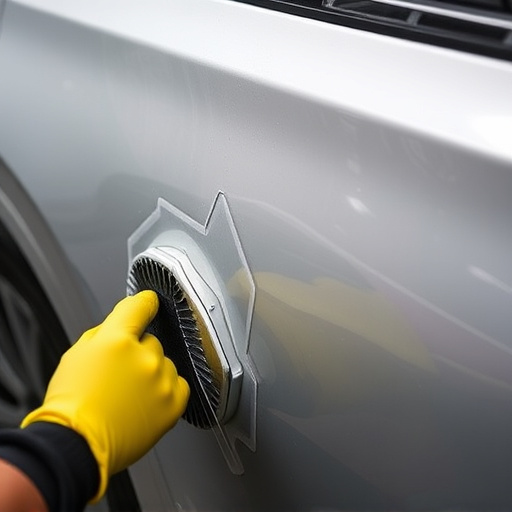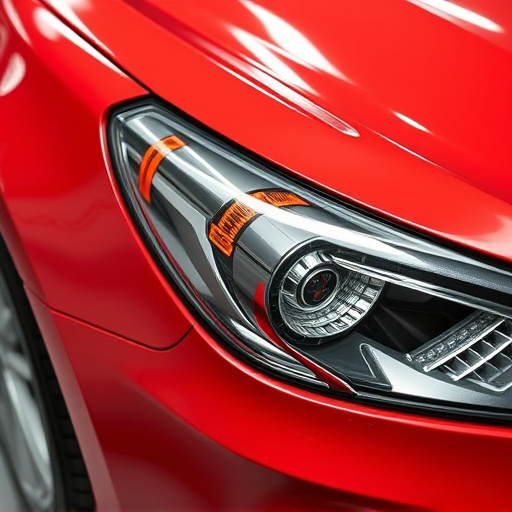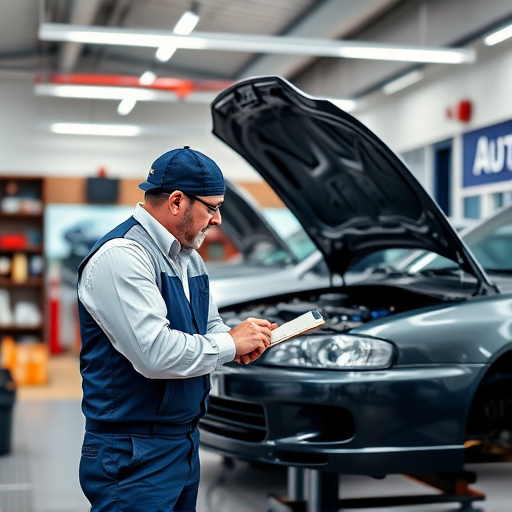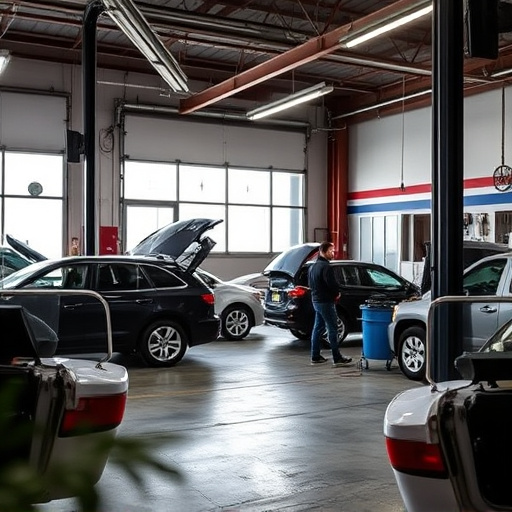Alternator inspection after an accident is crucial as it reveals hidden damage that can affect a vehicle's electrical system safety and performance. Testing alternator voltage output (12-14 volts ideal) identifies internal issues missed in visual inspections. Early detection prevents severe accidents, guiding professional repairs including alternator replacement if needed, alongside auto body work.
In today’s automotive landscape, understanding the intricacies of alternator functionality is paramount. Alternator inspection after an accident stands out as a critical aspect of vehicle maintenance, given that accidents can cause internal damage with subtle effects on performance. This article delves into the significance of alternator voltage output testing, offering a comprehensive guide on post-accident inspections. By examining specific steps and addressing the importance of testing after damage, we equip folks to ensure their alternators function optimally, enhancing safety and reliability.
- Understanding Alternator Voltage Output Testing
- Alternator Inspection After an Accident: Steps
- Why Test Alternator Voltage After Damage?
Understanding Alternator Voltage Output Testing

Alternator voltage output testing is a critical procedure often overlooked during an alternator inspection after an accident. This testing goes beyond simply checking if the alternator is functioning; it uncovers crucial details about its performance and reliability, especially in the event of damage or subsequent vehicle repairs like frame straightening or auto body repairs. By assessing the alternator’s voltage output, technicians can identify potential issues that might go unnoticed during visual inspections, ensuring the safety and efficiency of the vehicle’s electrical system.
Accidents can cause hidden damage to the alternator, leading to unpredictable performance. Therefore, a thorough alternator inspection after an accident is essential, incorporating advanced testing methods like voltage output analysis. This involves measuring the alternator’s ability to produce electricity under various load conditions, revealing its health and capacity to power the vehicle’s electrical components. Such assessments guide technicians in making informed decisions during complex repairs, ensuring that the alternator, a vital component for keeping lights on and engines running, functions optimally after an incident or vehicle body repair process.
Alternator Inspection After an Accident: Steps

After a collision or accident, performing a thorough alternator inspection is crucial before considering auto body repairs or car dent removal. The first step involves assessing visible damage to the alternator itself. Check for cracks, leaks, or any signs of external trauma that could compromise its integrity and functionality.
Next, connect a voltmeter to test the alternator’s voltage output. This process helps determine if the alternator is charging the battery effectively. A functioning alternator should produce an output close to the vehicle’s specified voltage, usually between 12-14 volts. If the reading is significantly lower, it may indicate internal damage or failure, necessitating professional alternator repair or replacement, separate from any car bodywork services.
Why Test Alternator Voltage After Damage?

After an accident, it’s crucial to undergo a thorough alternator inspection. The alternator, responsible for charging your vehicle’s battery and powering essential electrical systems, can sustain damage during a collision. Testing its voltage output is a vital step in ensuring safe operation and preventing further complications. Even if visually inspected and seemingly functional, internal damage might have occurred, leading to inconsistencies in power generation.
Accurate alternator voltage testing reveals subtle issues that could go unnoticed otherwise. This includes variances in charging performance, which may manifest as dim lighting or a poorly charged battery after starting the vehicle. By identifying such problems early, owners can avoid more severe consequences, like electrical failures while driving, and visit reputable auto repair shops for expert evaluations and necessary repairs, including auto glass replacement if damaged during the incident, ensuring both safety and reliability of their vehicles.
Regular alternator voltage output testing is crucial for maintaining vehicle health, especially after an accident. As previously mentioned, these tests help identify potential issues that could impact performance and safety. In light of this, it’s important to remember that proper alternator inspection after an accident can prevent further damage and ensure optimal vehicle functionality. Specifically, testing the alternator voltage allows mechanics to assess the health of this critical component, making it a vital step in the repair process for anyone considering a alternator inspection after an accident.














